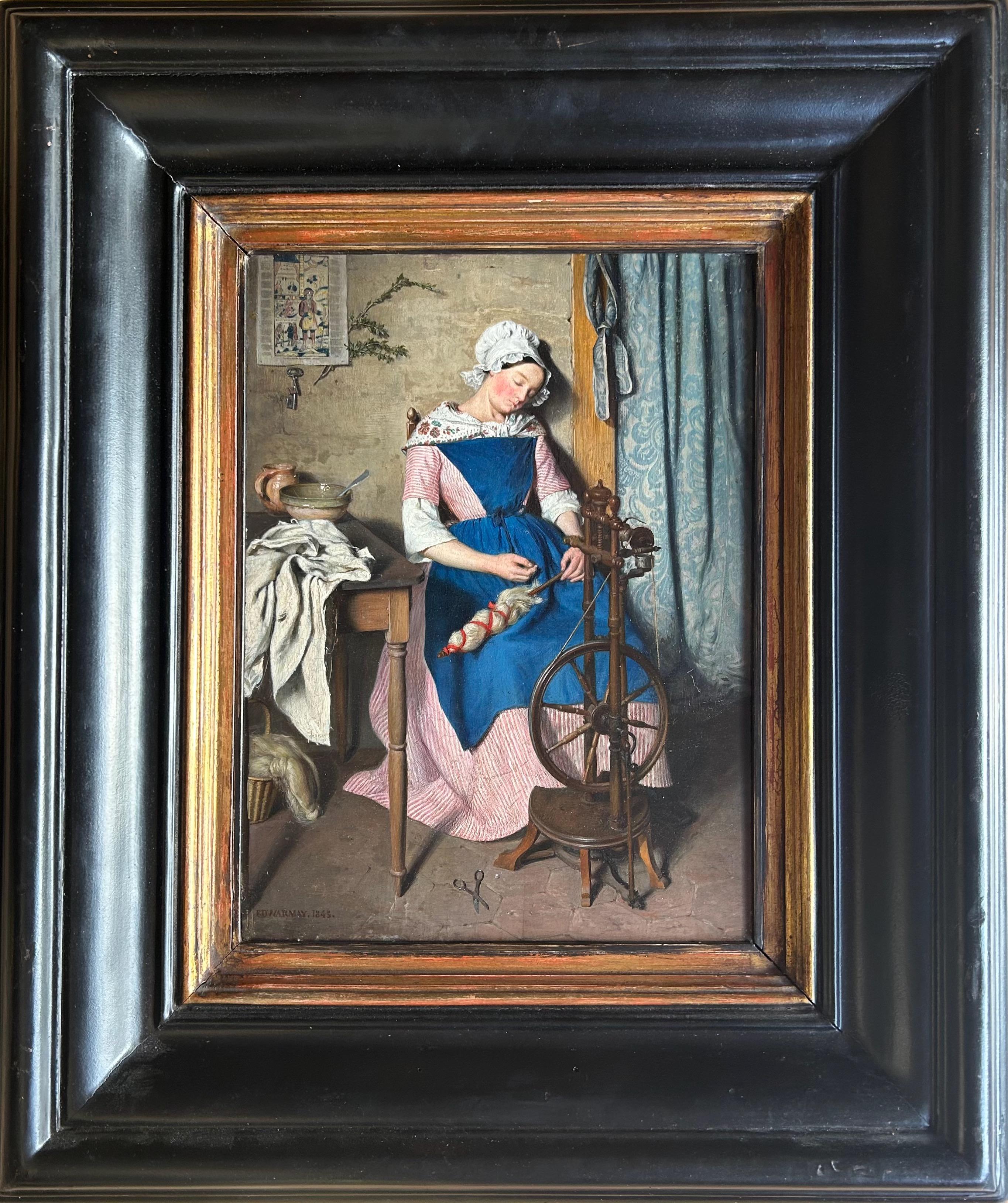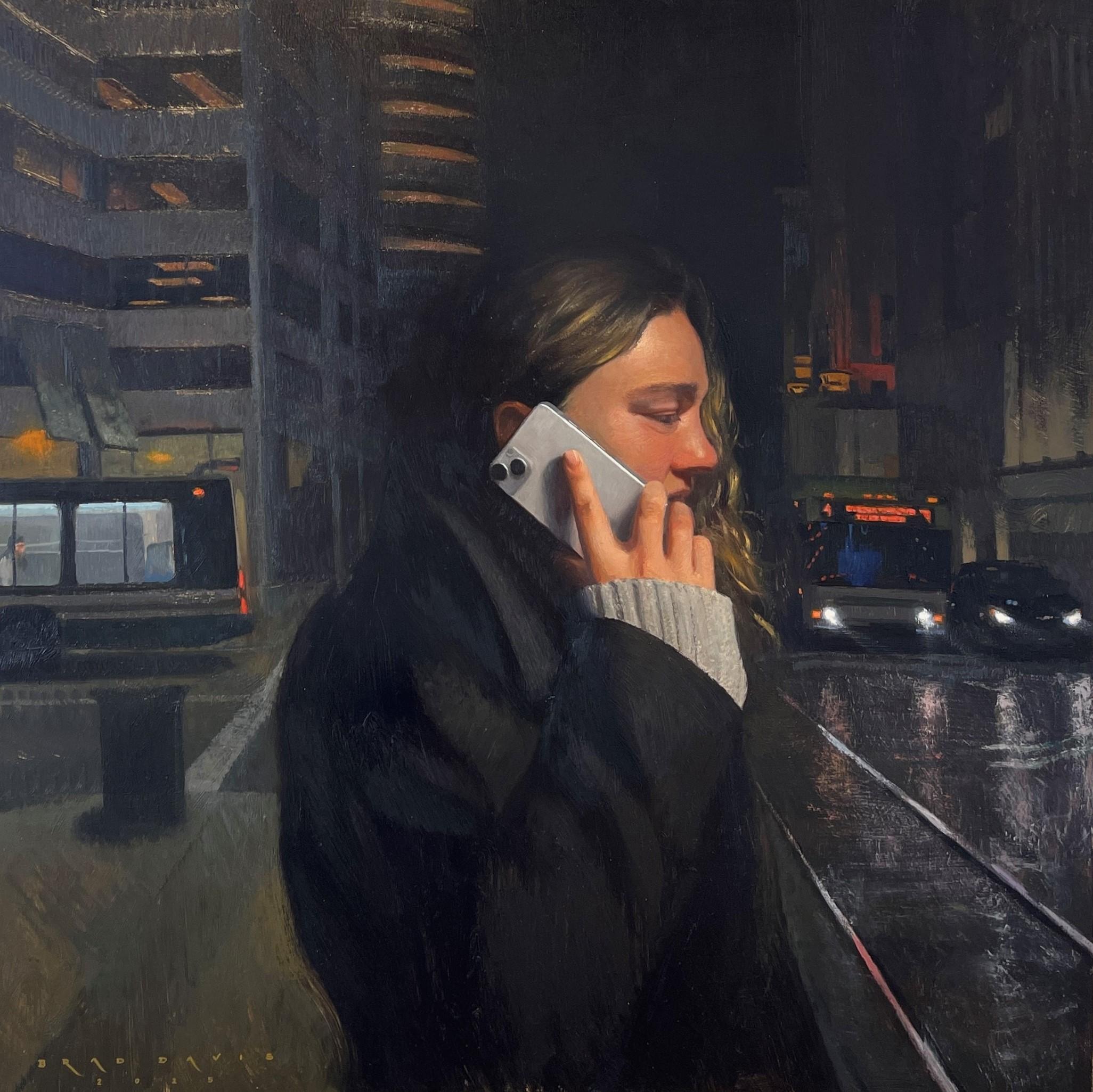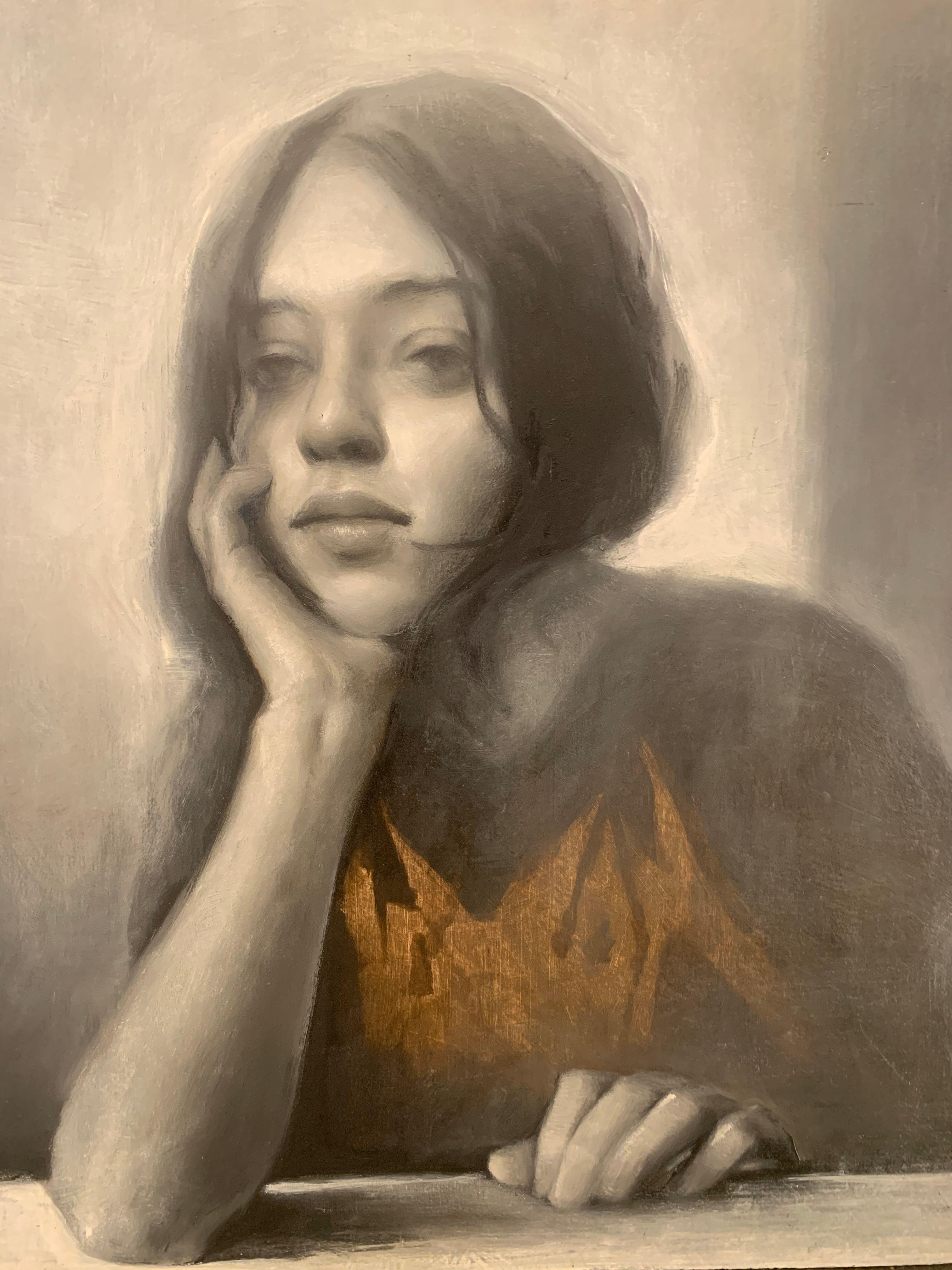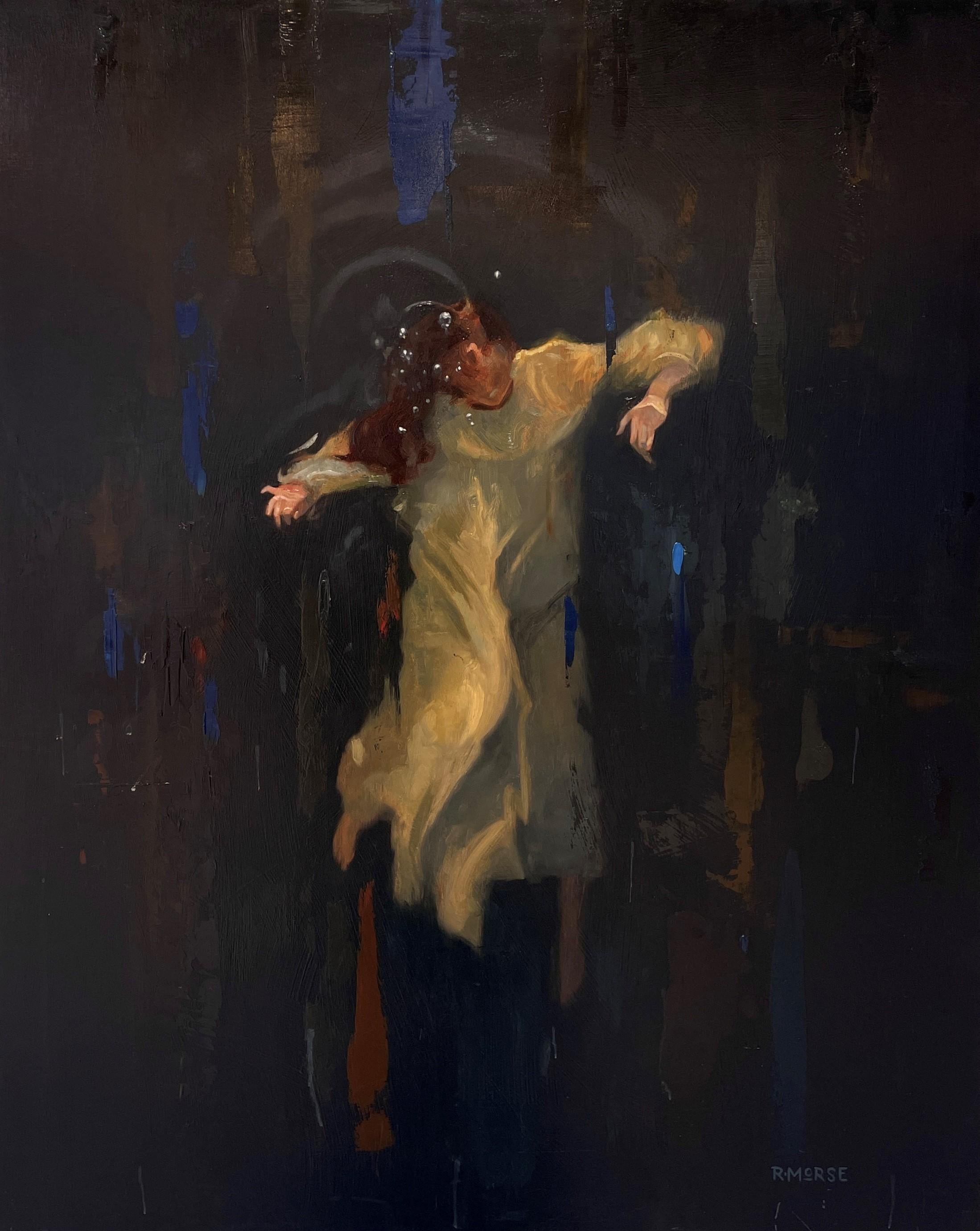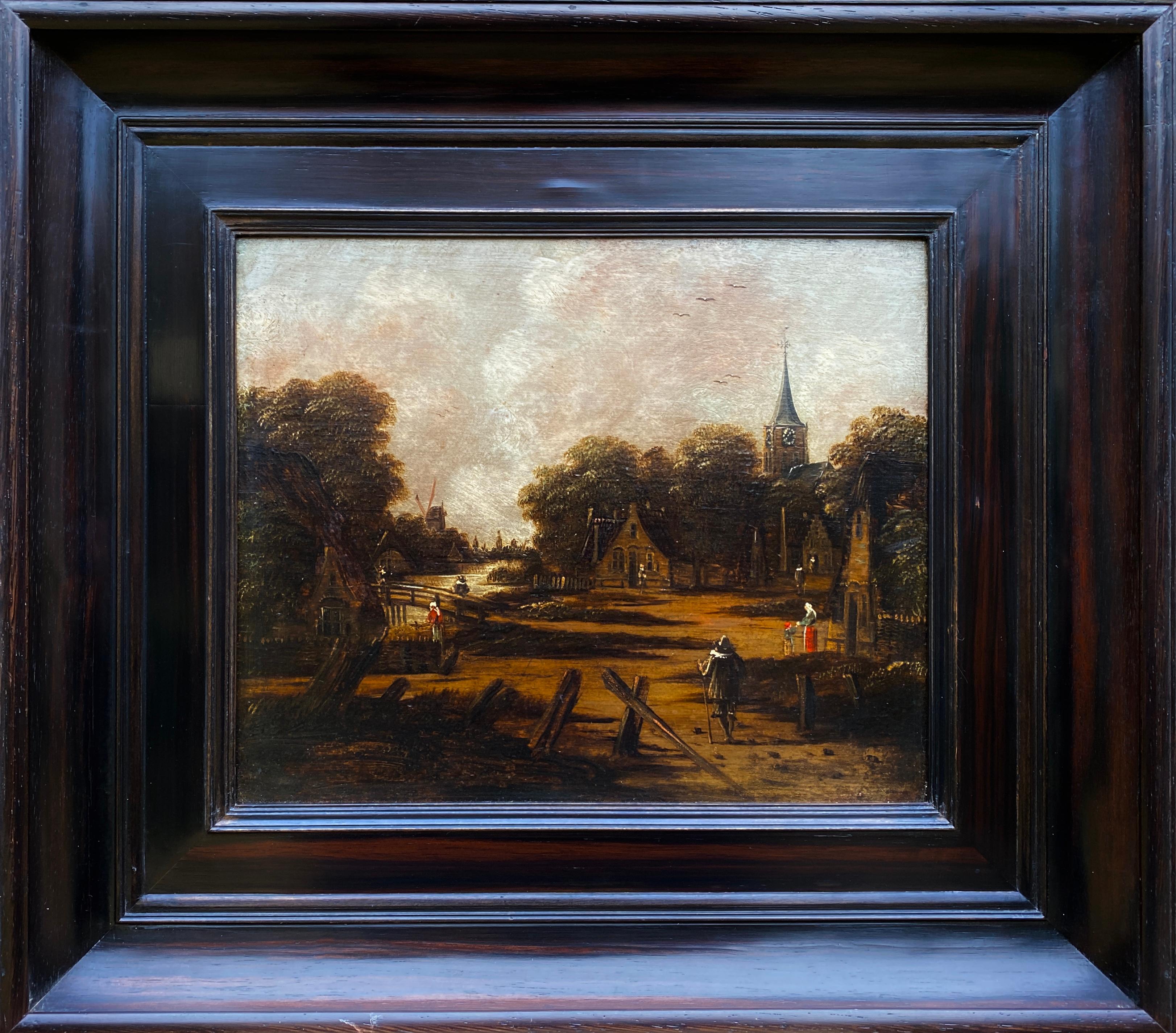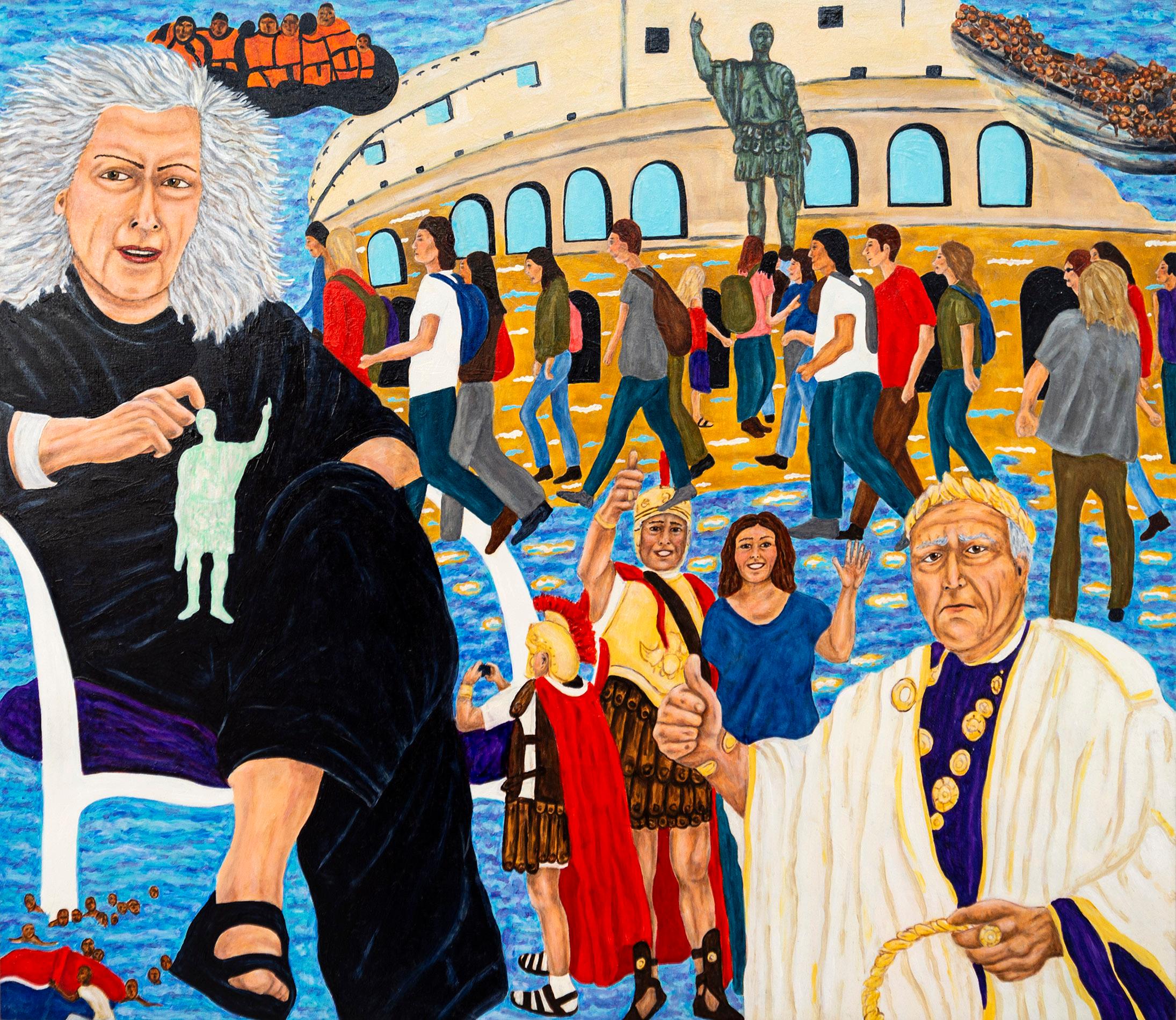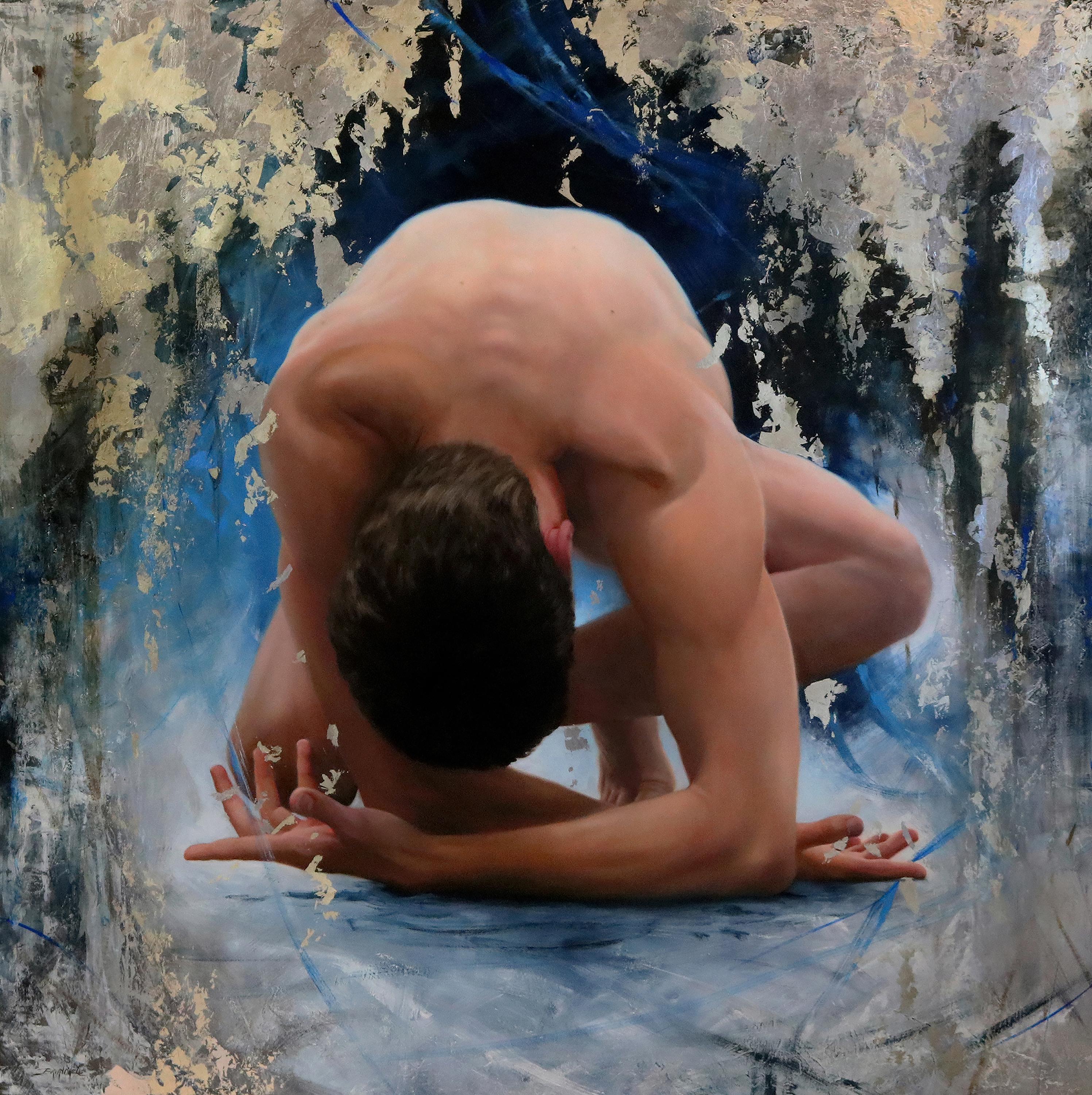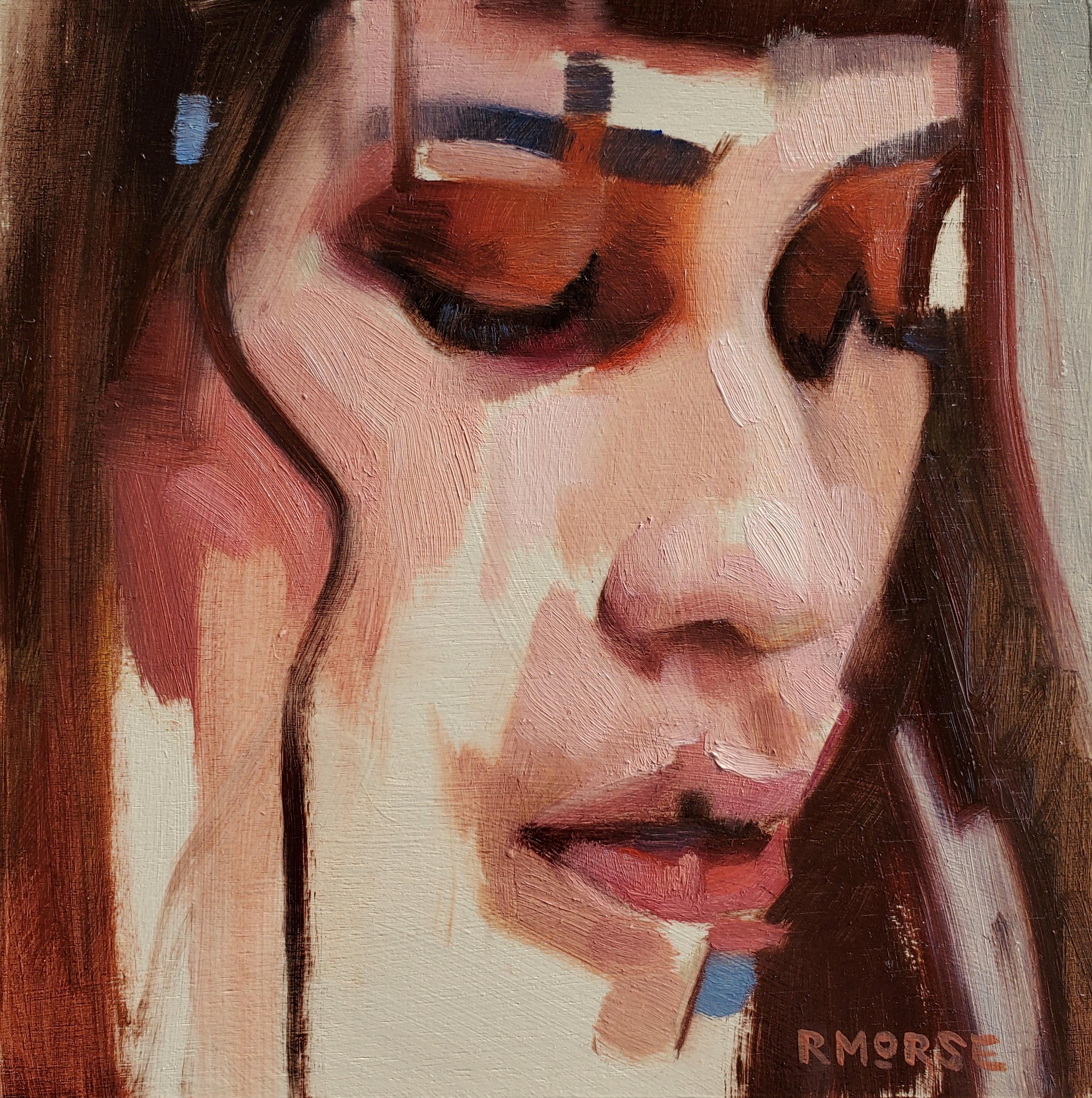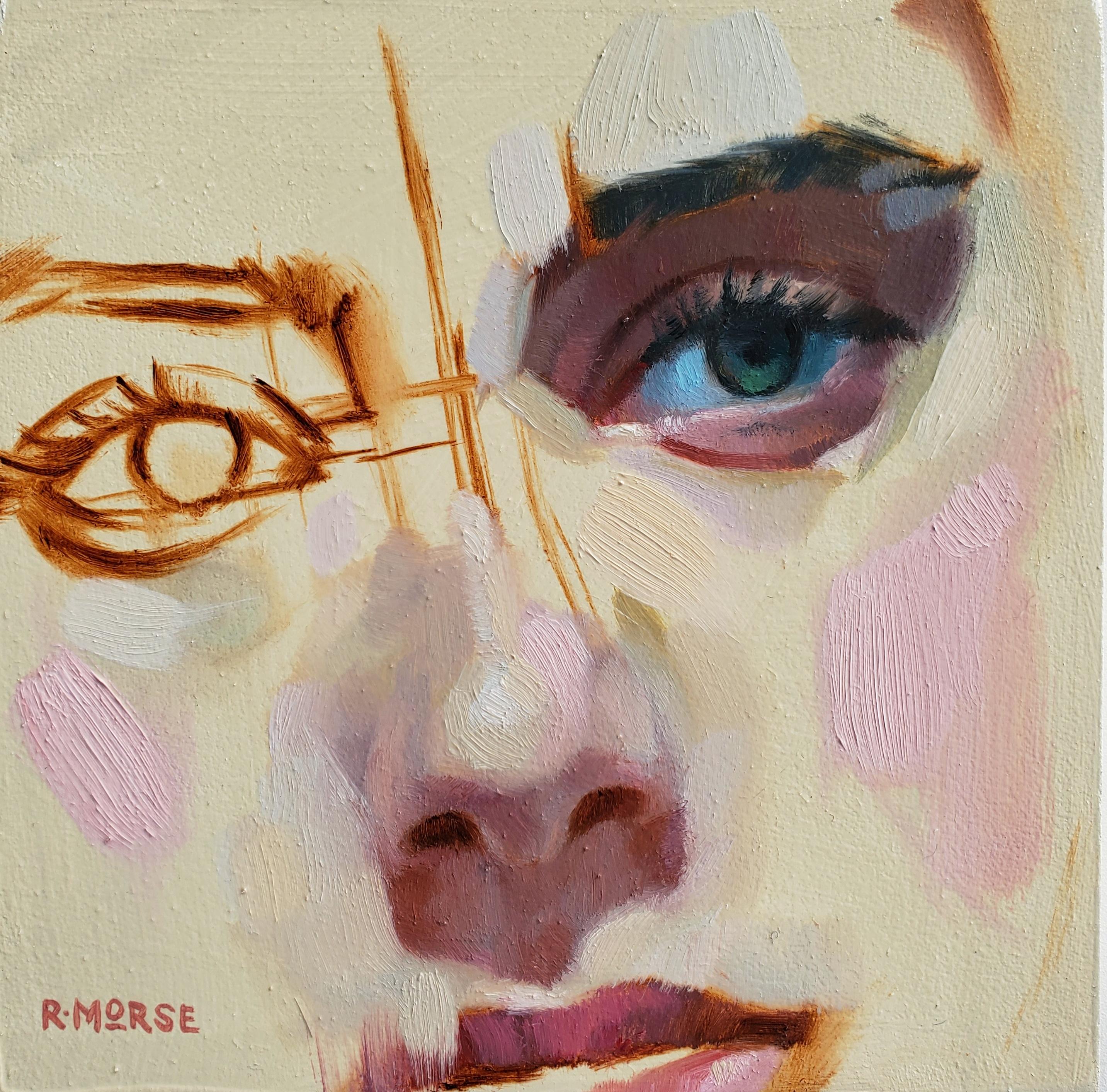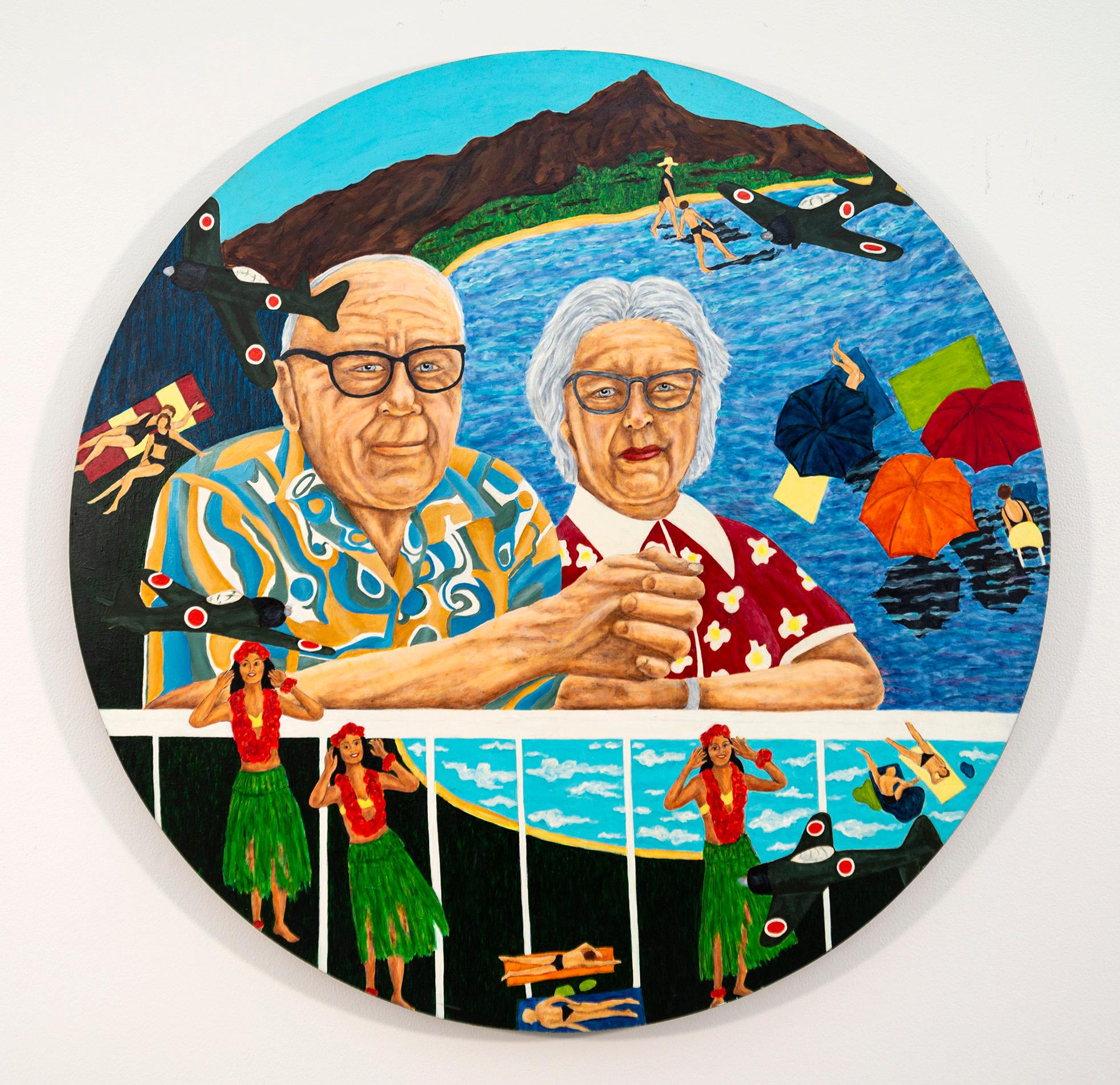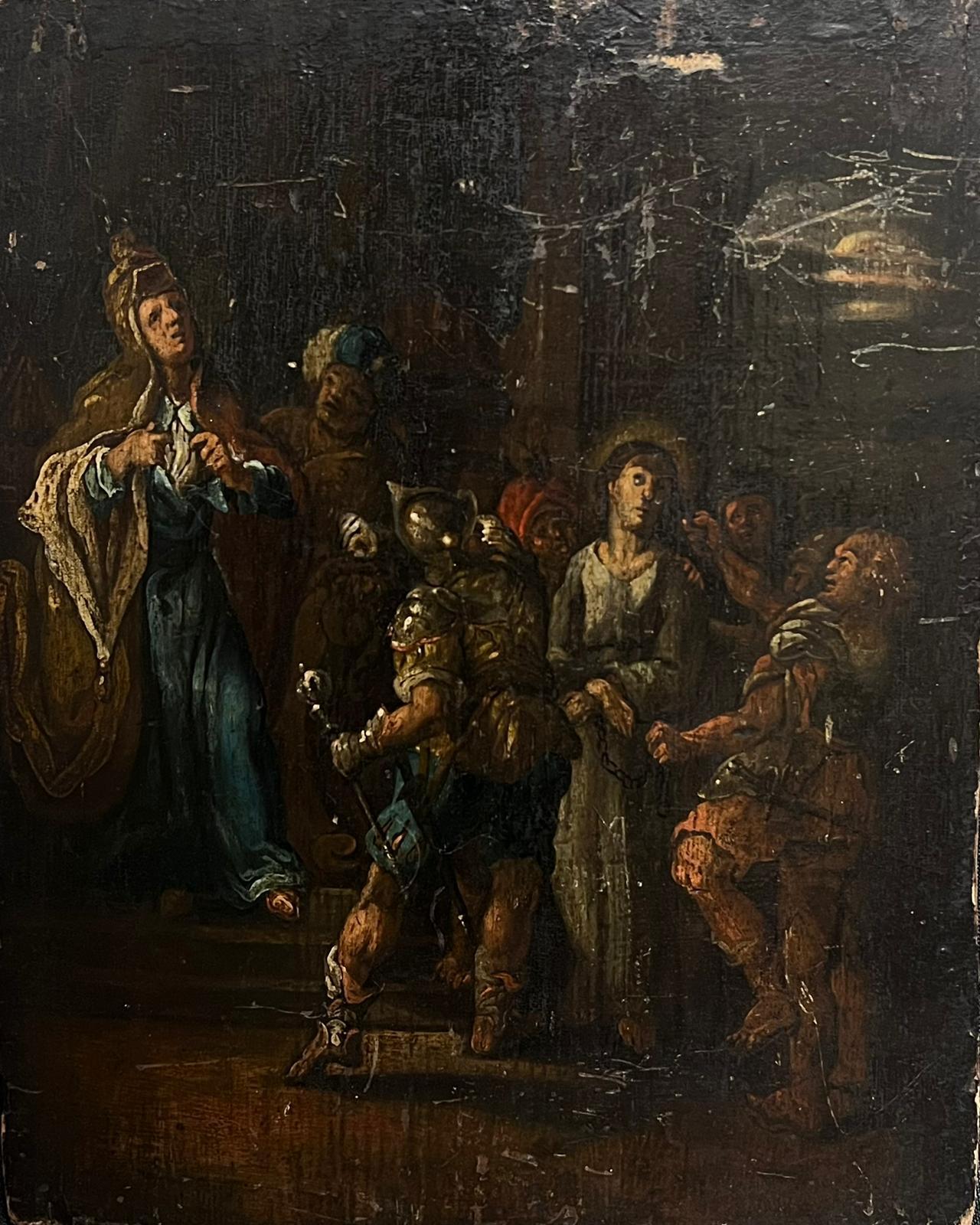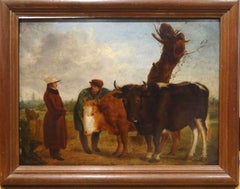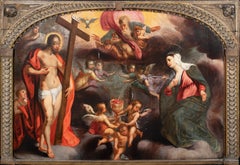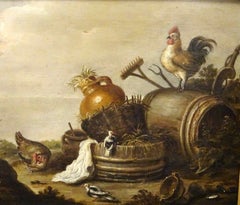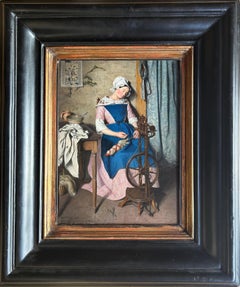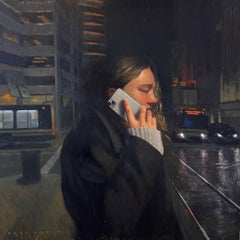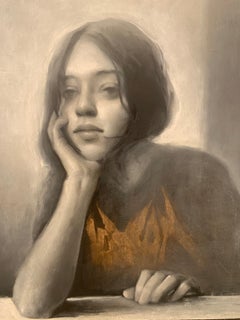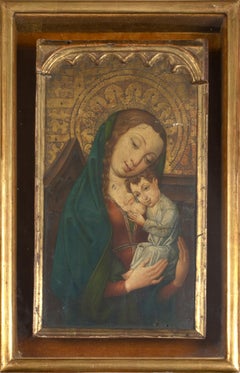
Madonna & Child, 15th Century Italian Renaissance Tuscan School
View Similar Items
Want more images or videos?
Request additional images or videos from the seller
1 of 14
UnknownMadonna & Child, 15th Century Italian Renaissance Tuscan School
$10,292.10List Price
About the Item
- Dimensions:Height: 18.5 in (46.99 cm)Width: 12 in (30.48 cm)
- Medium:
- Period:
- Condition:
- Gallery Location:Blackwater, GB
- Reference Number:1stDibs: LU1577214420102
About the Seller
4.9
Gold Seller
Premium sellers maintaining a 4.3+ rating and 24-hour response times
Established in 2008
1stDibs seller since 2021
286 sales on 1stDibs
Typical response time: 3 hours
Authenticity Guarantee
In the unlikely event there’s an issue with an item’s authenticity, contact us within 1 year for a full refund. DetailsMoney-Back Guarantee
If your item is not as described, is damaged in transit, or does not arrive, contact us within 7 days for a full refund. Details24-Hour Cancellation
You have a 24-hour grace period in which to reconsider your purchase, with no questions asked.Vetted Professional Sellers
Our world-class sellers must adhere to strict standards for service and quality, maintaining the integrity of our listings.Price-Match Guarantee
If you find that a seller listed the same item for a lower price elsewhere, we’ll match it.Trusted Global Delivery
Our best-in-class carrier network provides specialized shipping options worldwide, including custom delivery.More From This Seller
View AllPrize Bulls, Farmer & Owner, 18th Century
Located in Blackwater, GB
Prize Bulls, Farmer & Owner, 18th Century
Early French School Oil On Panel
Fine 18th century French School prize bull scene with the farmer and owner, oil on panel. Very early prize bull scene with a pair of bulls accompanied by their owner and the farmer. Excellent detail with influences of Paulus Potter...
Category
18th Century Portrait Paintings
Materials
Oil, Panel
$2,728 Sale Price
35% Off
The Blood Of Christ, The Milk Of The Madonna, 16th Century
Located in Blackwater, GB
The Blood Of Christ, The Milk Of The Madonna, 16th Century
circle of Adriaen Isenbrandt (1480-1551)
Huge 16th Century Flemish old Master depiction of...
Category
16th Century Portrait Paintings
Materials
Oil, Wood Panel
$14,083 Sale Price
35% Off
Chickens & Other Birds In A Farmyard, 18th Century
By Marmaduke Cradock
Located in Blackwater, GB
Chickens & Other Birds In A Farmyard, 18th Century
circle of Marmaduke CRADOCK (c.1660-1717)
Fine 18th Century English School farmyard scene of var...
Category
17th Century Portrait Paintings
Materials
Oil, Panel
$2,904 Sale Price
35% Off
Portrait of Giuseppe Maria Garibaldi (1807-1882), 19th Century
Located in Blackwater, GB
Portrait of Giuseppe Maria Garibaldi (1807-1882)
European School
Large 19th Century European School Portrait of Italian leader Giuseppe Mari...
Category
19th Century Portrait Paintings
Materials
Oil, Panel
$2,156 Sale Price
35% Off
Cain & Abel, 19th Century
Located in Blackwater, GB
Cain & Abel, 19th Century
School of Eugène DELACROIX (1798-1863)
19th century French scene of Cain & Abel, oil panel. Excellent quality and condition biblical scene of the death of...
Category
19th Century Portrait Paintings
Materials
Oil, Wood Panel
$3,080 Sale Price
35% Off
Portrait Of A Lady With A Red Parasol, circa 1900 by Robert Edward MORRISON
By Robert Edward Morrison
Located in Blackwater, GB
Portrait Of A Girl In White, circa 1900
by Robert Edward MORRISON
Large circa 1900 edwardian portrait of a girl in white, oil on panel. Excellent quality and condition period port...
Category
19th Century Portrait Paintings
Materials
Oil, Panel
You May Also Like
Falling Asleep While Spinning Yarn
Located in Fredericksburg, VA
"Falling Asleep While Spinning Yarn" by Louis Edwarmay is a captivating piece that beautifully captures the quietude and exhaustion of daily labor. The painting portrays a woman in t...
Category
Mid-19th Century Figurative Paintings
Materials
Oil, Wood Panel
Dog Portrait: The Red Terrier, circa 1910
Located in SANTA FE, NM
Red Terrier
Possibly Dutch School
Oil on wood panel, circa 1900-1910. Initialed lower left
7 1/2 x 7 (12 x 11 1/2 frame) inches
A charming and thoughtfully rendered depiction of a t...
Category
Early 1900s Realist Animal Paintings
Materials
Oil, Wood Panel
"Business District" – Framed Oil Painting of Woman on Phone in City Night Scene
By Brad Davis
Located in Denver, CO
Brad Davis’s Business District is a luminous oil painting on wood panel, framed and ready to hang, measuring 36 x 36 inches (framed to 38 x 38 inches). Executed in 2025, this work ca...
Category
2010s Realist Figurative Paintings
Materials
Oil, Wood Panel
Ethos
Located in Santa Monica, CA
Oil on panel
Category
21st Century and Contemporary Contemporary Portrait Paintings
Materials
Oil, Panel
$910 Sale Price
35% Off
"Adrift" (2023), Original Impressionist Abstract Female Portrait, Oil Painting
Located in Denver, CO
Ryan Morse's (US based) "Adrift" is an original, handmade oil painting created in 2023 that is unframed but ready to hang.
Artist Bio:
Ryan Morse is a Denver based freelance artist ...
Category
2010s American Impressionist Figurative Paintings
Materials
Oil, Panel
'Traveller in a Duch Village' by Jan Meerhoud (1633 – 1677) Dutch - Golden Age
Located in Knokke, BE
Jan Meerhoud
Gorinchem 1633 – 1677 Amsterdam
Dutch School
Golden Age
'Traveller in a Dutch Village'
Signature: signed lower left
Medium: oil on panel
Dimensions: image size 21 x 2...
Category
Early 17th Century Dutch School Landscape Paintings
Materials
Oil, Panel
Recently Viewed
View AllMore Ways To Browse
George Bishop
Gordon King
James Reynolds
King Louis Xiv Portrait
Shannon Wood Paintings
Bourlet Frame
19th Century American Portrait Of A Lady
Antique Lace Bonnet
Lady Green Dress Portrait
Sir Thomas Lawrence
Charles James Dresses
Norman C Black Painting
Oil On Canvas French 1700
Porta Romana Vintage
17th C Dutch Portraits
Portrait Painting 1700s
Wreath Portrait Painting
Girl With Blue Eyes Oil Painting
